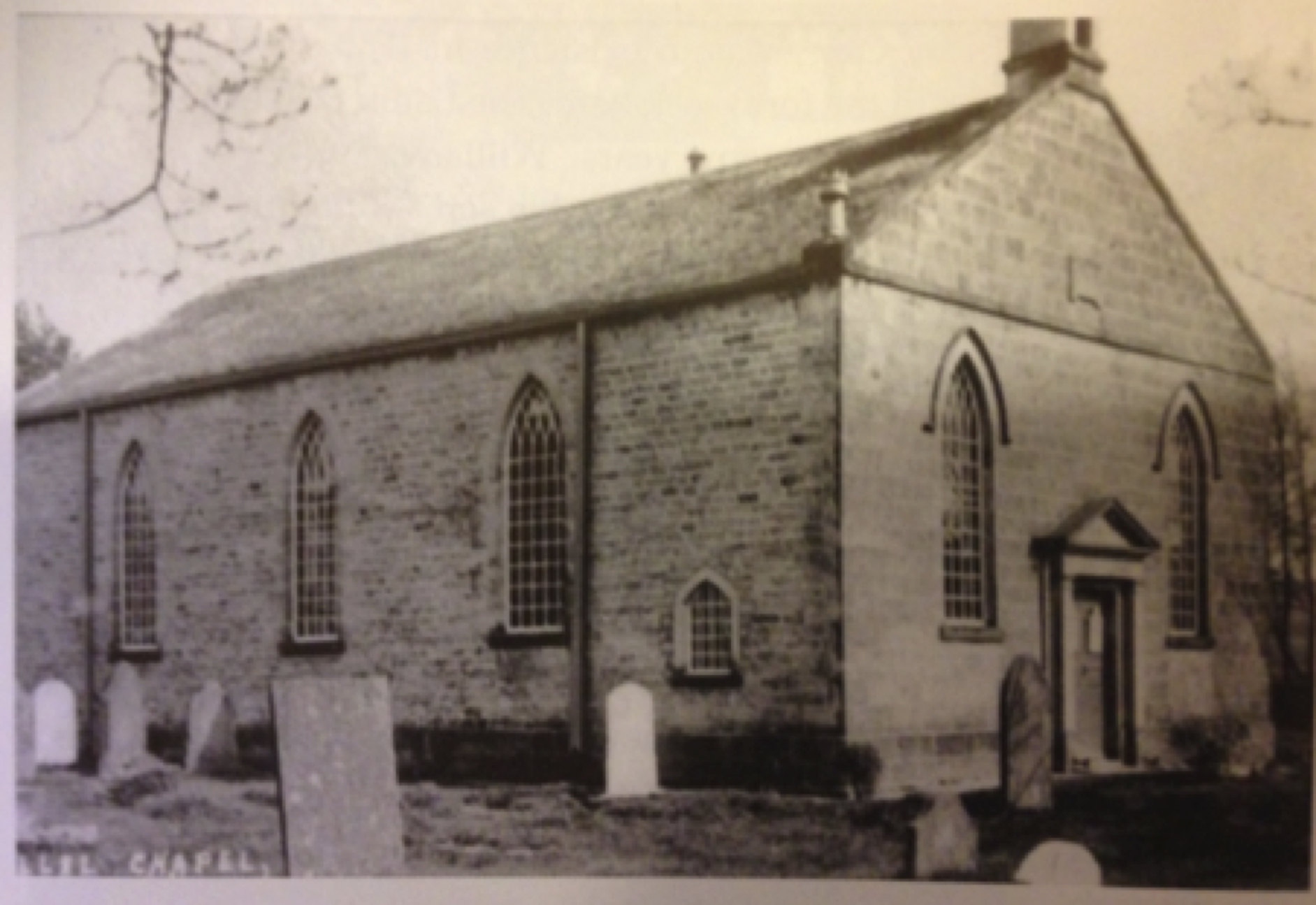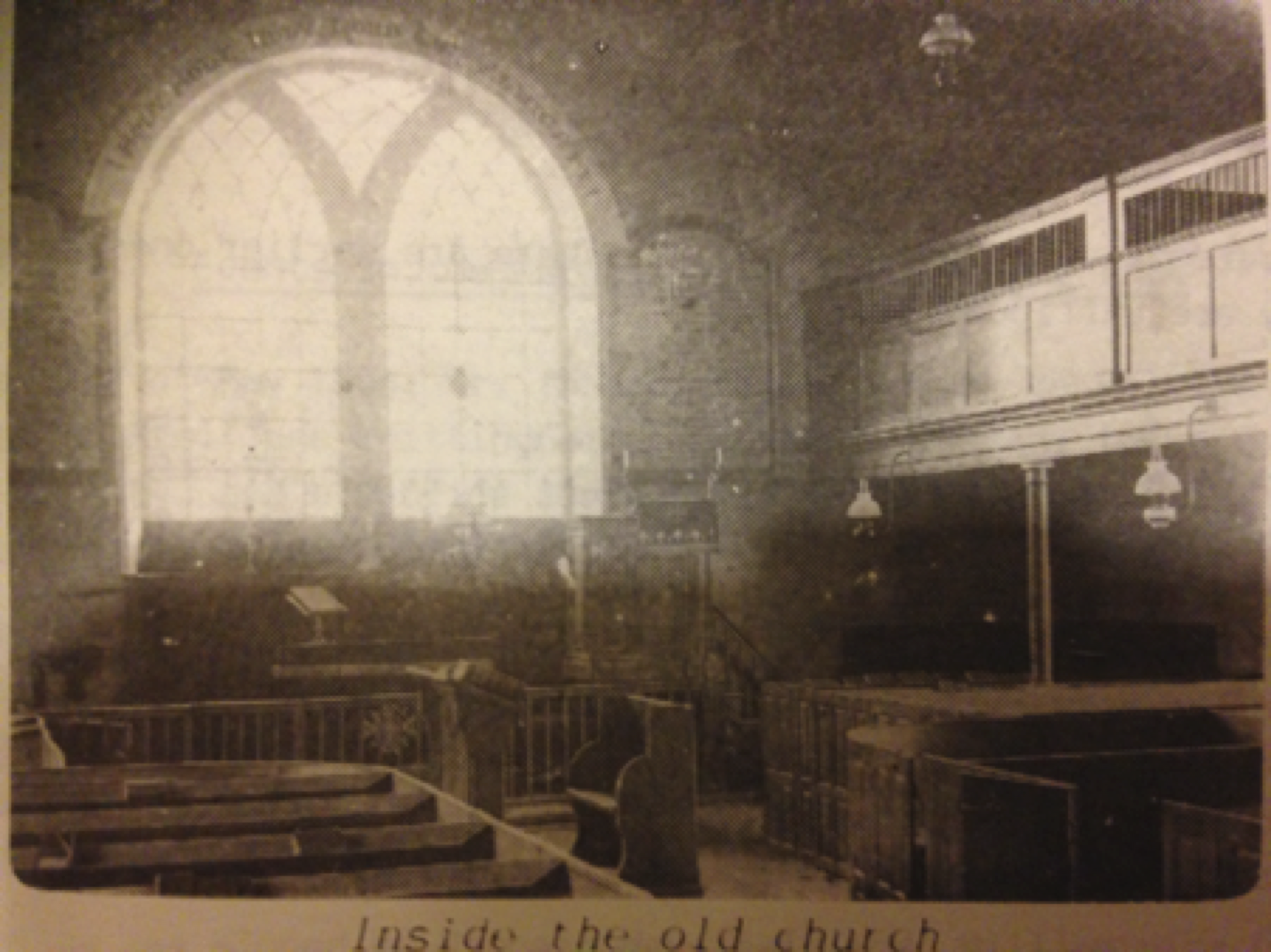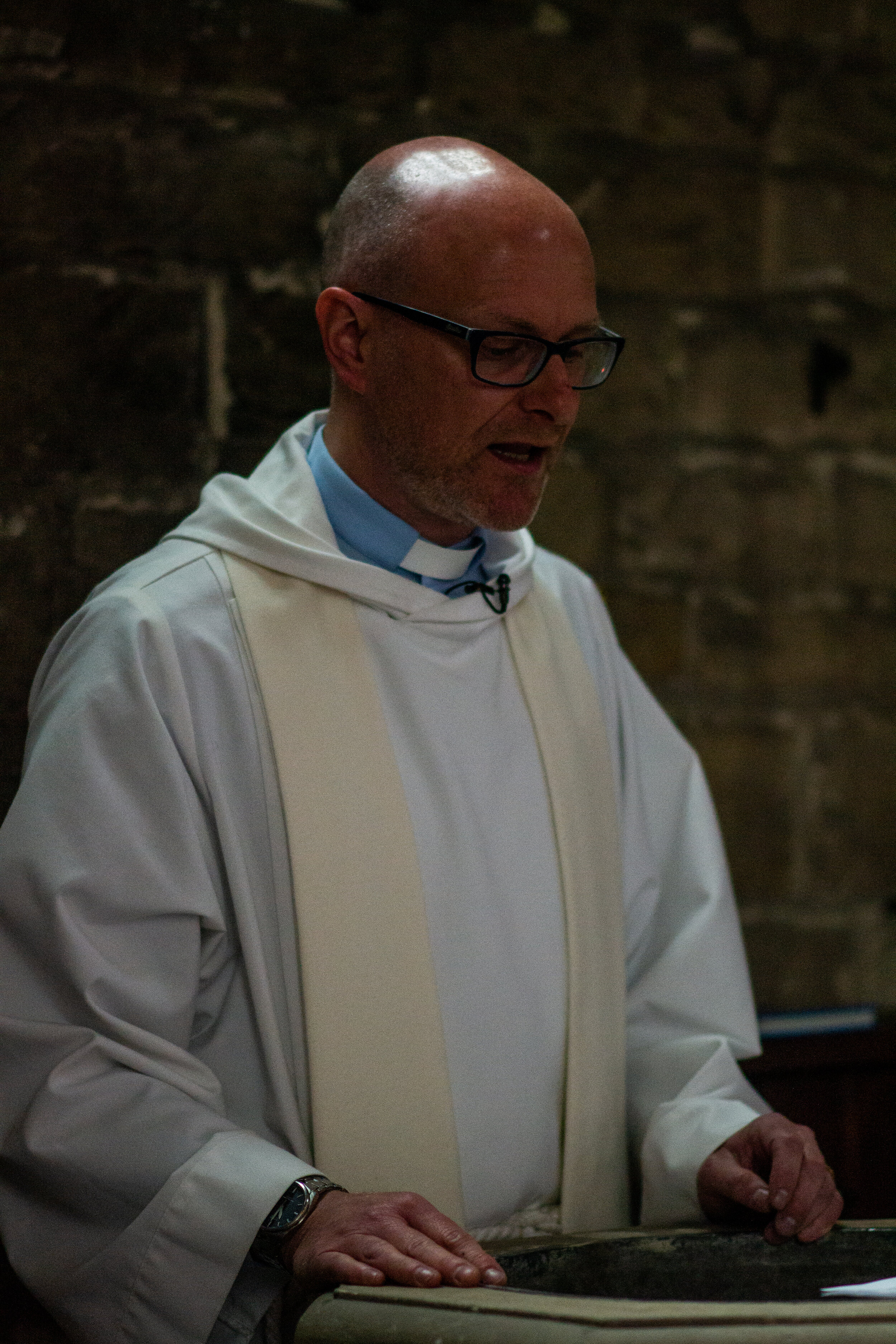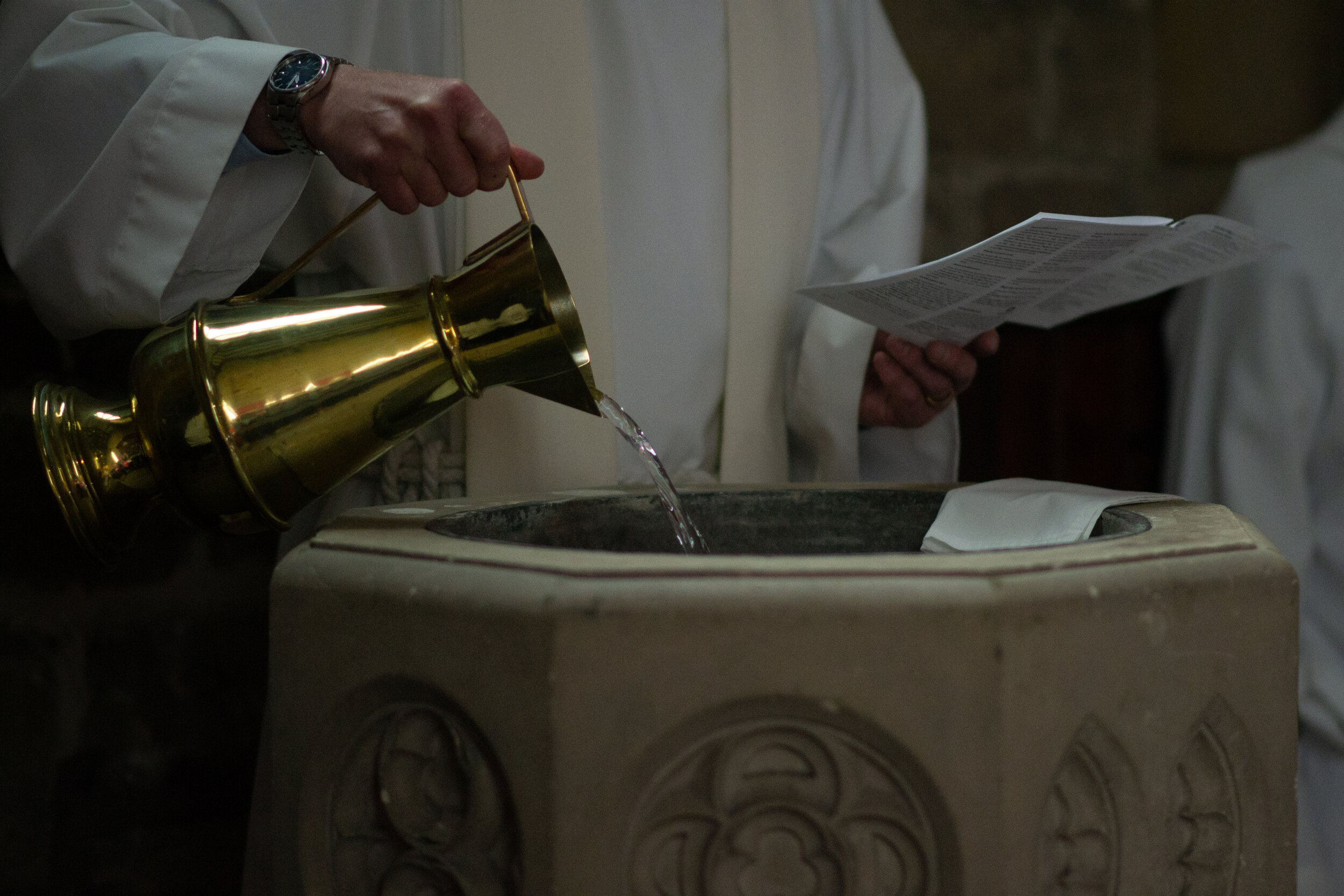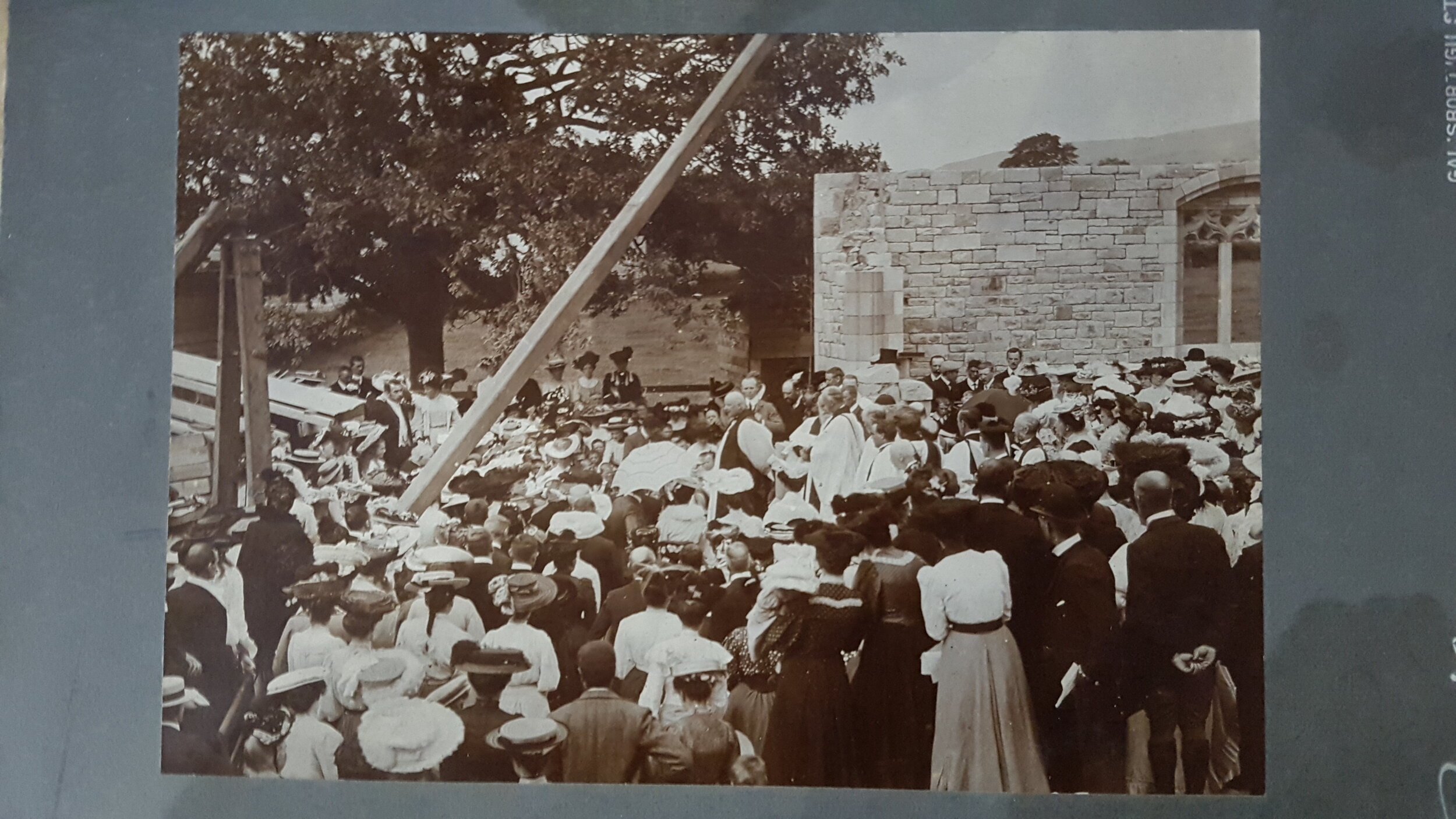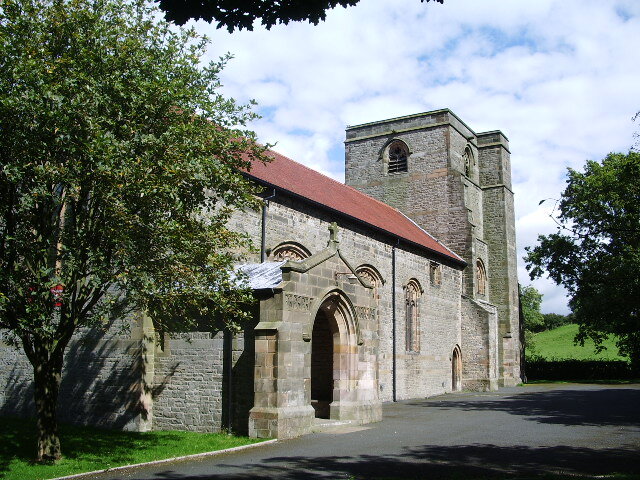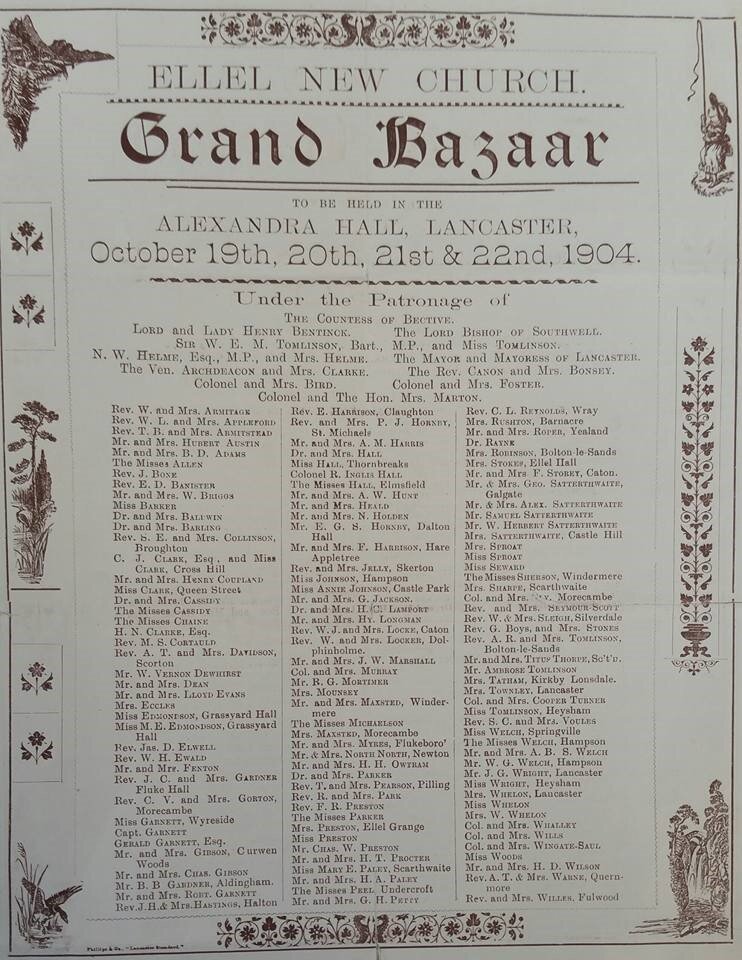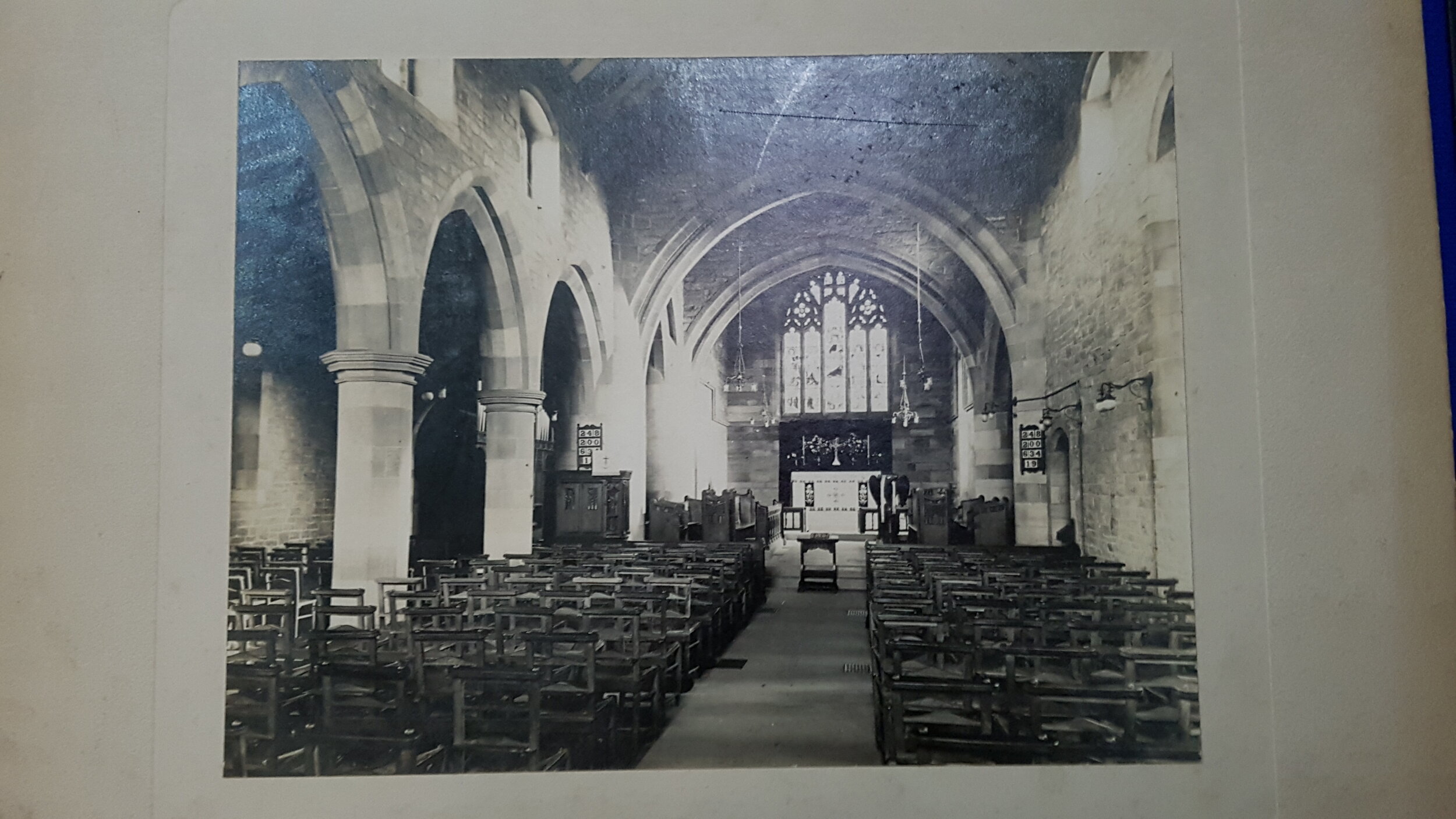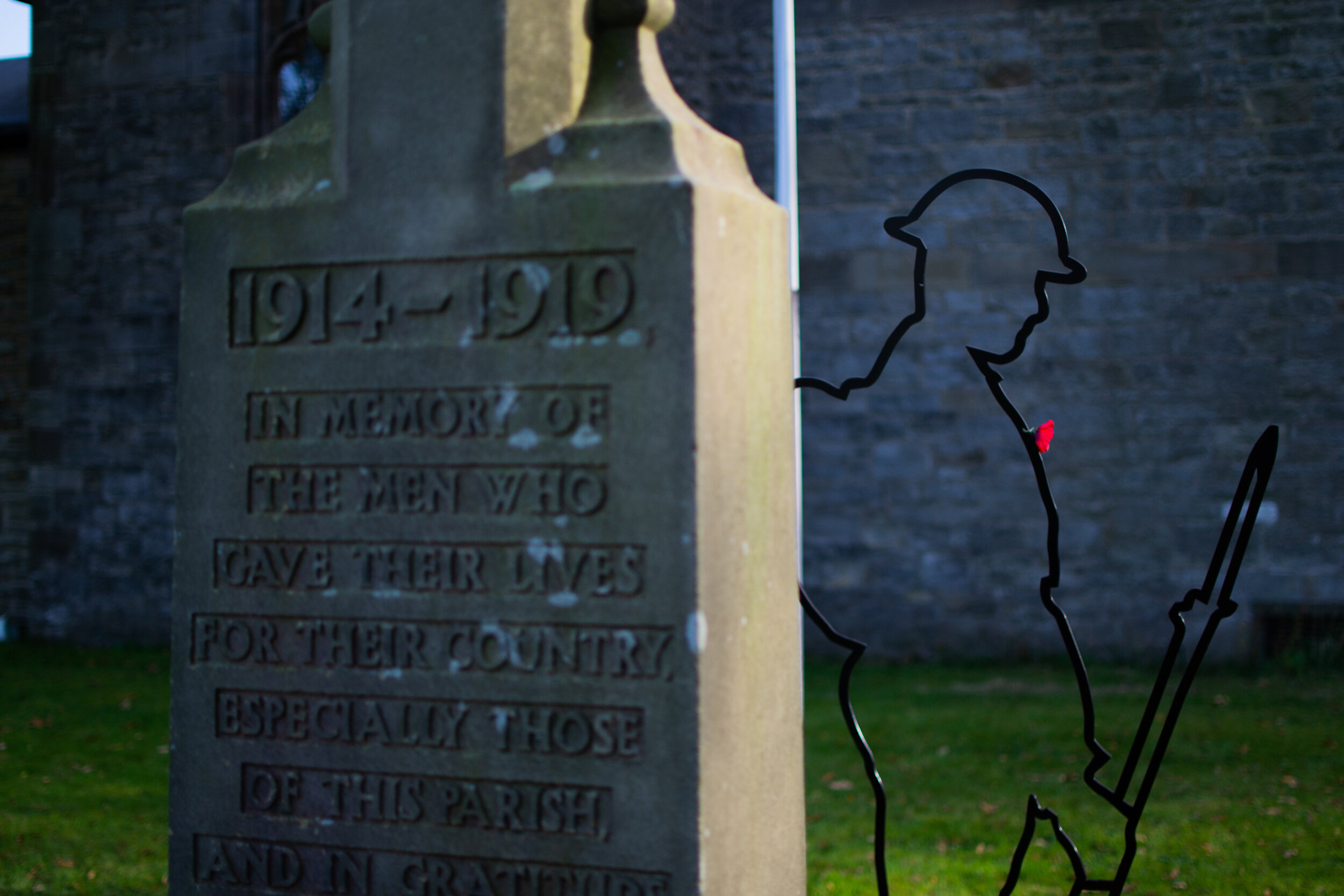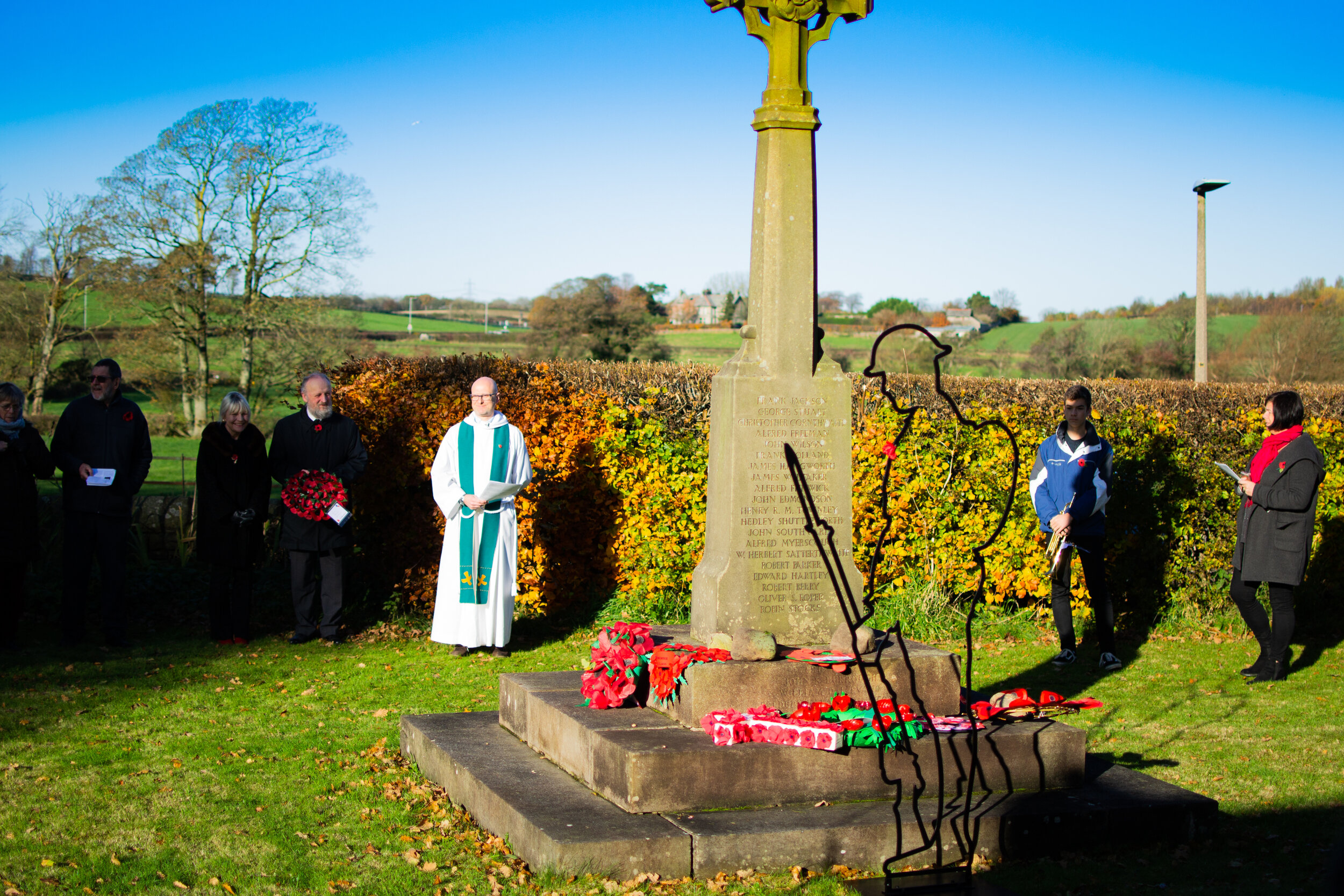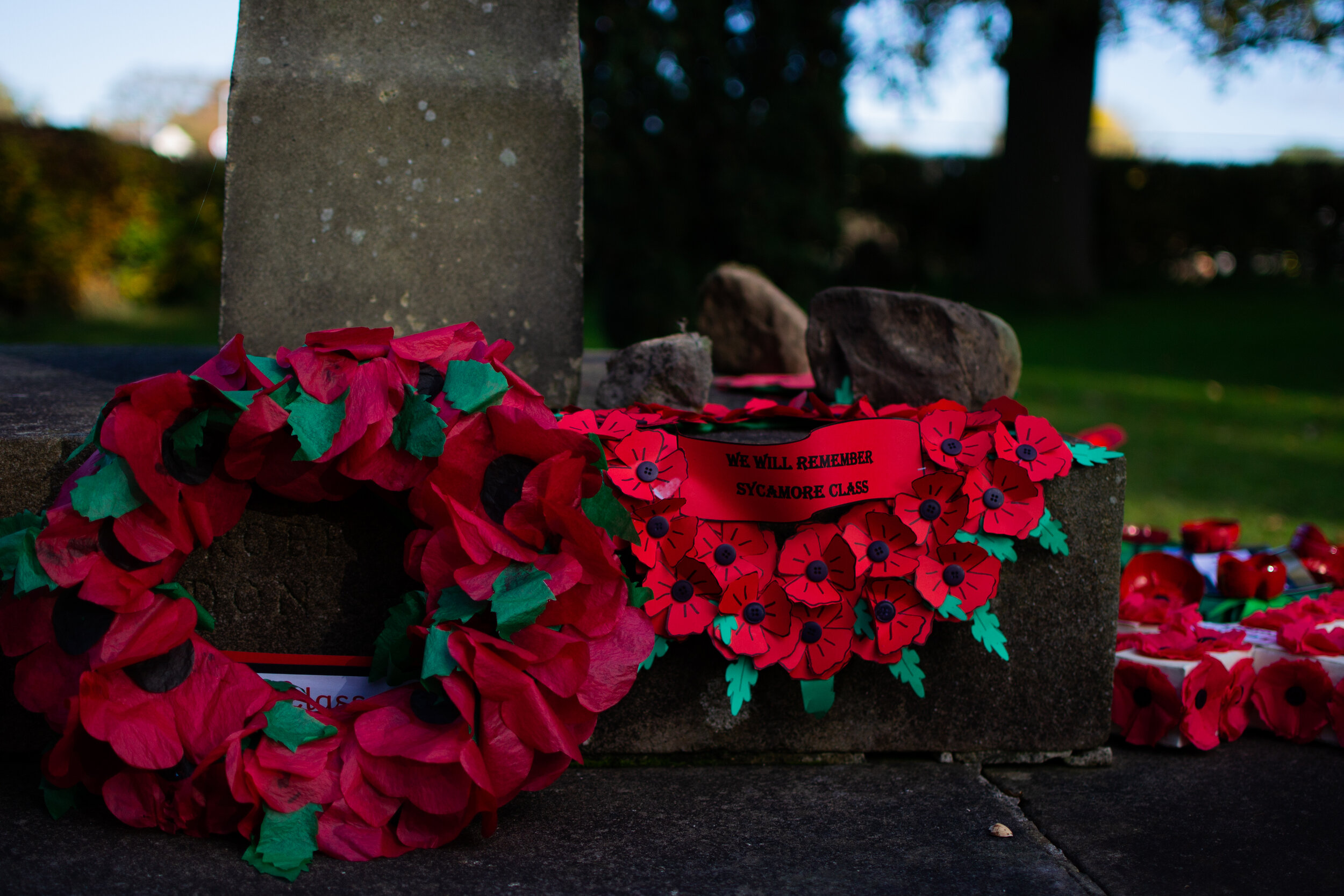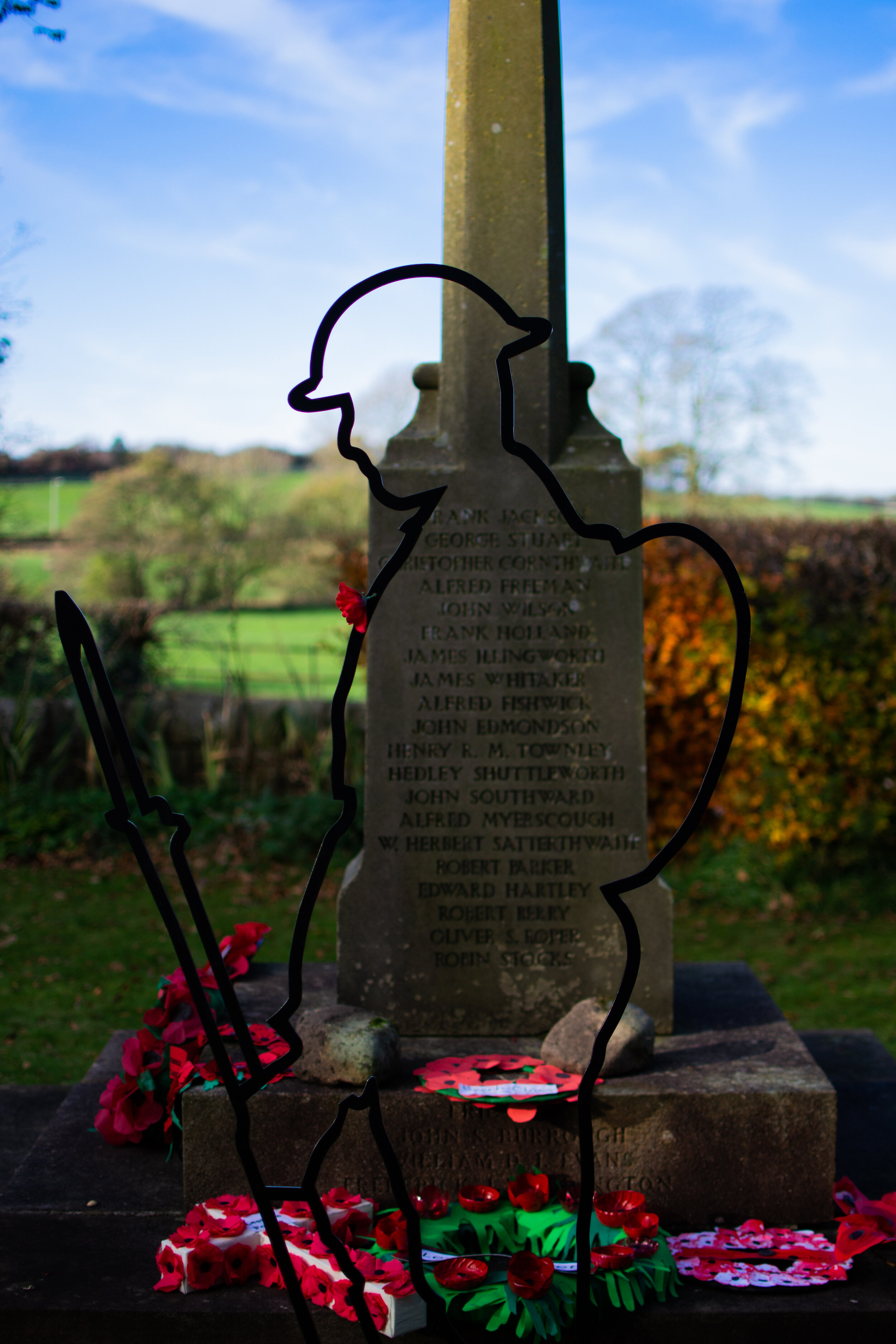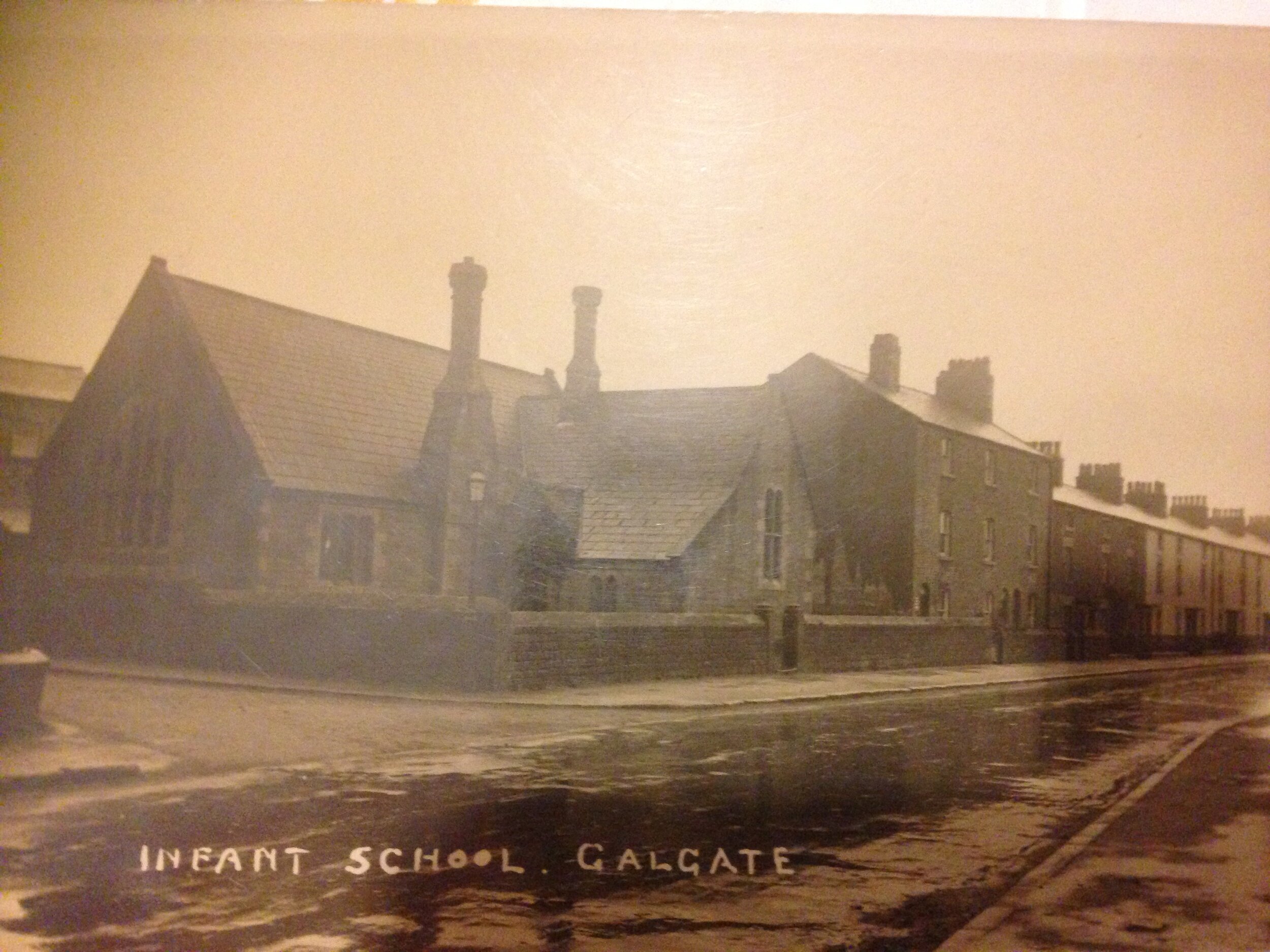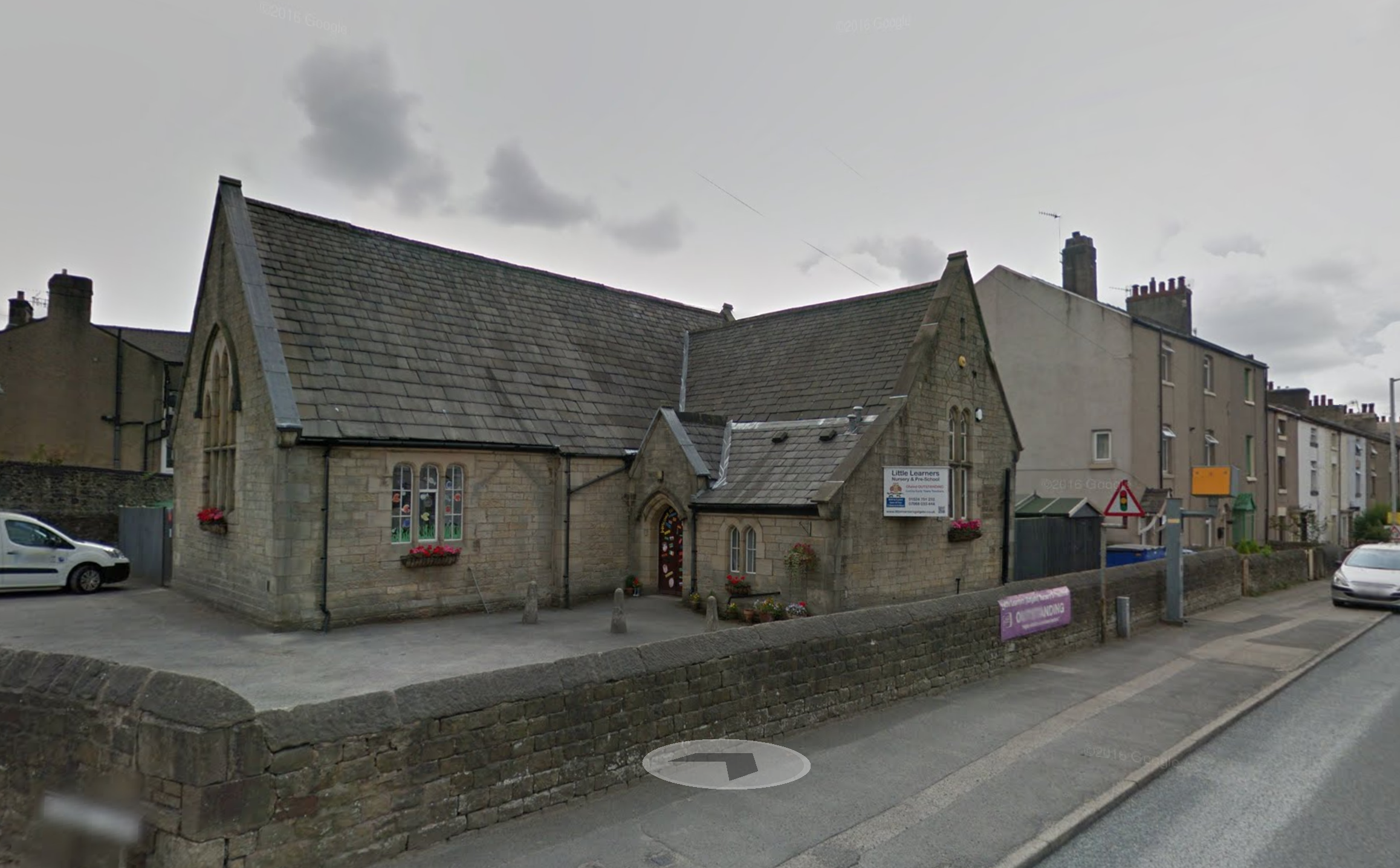The Village Church
The origin and dedication of the ancient chapel of Ellel are unknown. It existed before 1156, and was included by William de Lancaster in his gift to Leicester Abbey. In Anglo-saxon times the church was built near to the house of the local Lord, who appointed the priest and gifted him a house and some land.
The current parish boundaries of Ellel
During the middle ages English village life was hard, with the parish priests lifestyle and living standards being very similar to that of his parishioners. During this era, priests were not well educated but could read and write. Due to their social standing however, people turned to support them through difficult times.
“It was during these centuries that the vicarage turned into a more social hub of the community. ”
The 18th and 19th centuries saw a rise as the village priest being seen a more socially engaged member of Ellel. It was during these centuries that the vicarage turned into a more social hub of the community. The vicarage gardens were opened for fetes, bazaars and Sunday School Treats - events that continue in St John’s Church to this day.
The Early Church
Although we don’t know the exact date, we know the old church building existed in 1156. This means that St John’s Church is the longest continuing community in Ellel. The first recorded of what we would now call a vicar of the St Johns’s congregation is Henry Lewes in 1554. However, not much is known from then until 1610, when the church building is named to belong to Cockerham. The first recorded marriages took place in St John’s in 1624. If you want to get married in St John’s Church today, you can find out more here.
“St John’s Church is the longest continuing community in Ellel.”
The First Known Church
St John’s Church has had 3 buildings that we know of. The first two located in what’s now know as St John’s Church Graveyard, the final one being the current Church building.
The building date of the first church is unknown but what is know is it was demolished in 1800 to make way for a larger building to house a growing Church community. The stones of the first church building were used to line the second. It’s possible that some of these stones are still visible in the Church graveyard.
“At the back of the current Church building is one of the original pews from the first church building dating back to the 1600s. ”
Also in the new Church building is a tablet which states that the Church benefitted from a fund set up by Queen Anne to support the development of poor churches. It’s recorded the fund donated £400 in 1756 which in 2018 would have be worth £85,500
The Old Church Building
In the year 1800 the foundations were laid for the new Church building. The proposed rebuilding costs for building were £3,000 - which in today’s money would be around £250,000. The seating would seat 600 to serve a population of 1,400 living in Ellel at the time. As well as adding additional seats, there were also some overall improvements parishioners wanted to make to the new building.
“It is proposed to make all seats equally good. At present no one can kneel in the narrow free seats. ”
You can see the remains of the Church building in the current Church graveyard. The original stone still stands with the inscription ‘This chapel was built in the year 1800‘. The cross in the current graveyard marks where the altar once stood. The architecture of the church would have been very similar to St James’ Church in Shireshead just down the A6.
The was choir seating and in the early years of the Church there was also a worship band which consisted of string and wind instruments. After hearing the band perform one a local writer is documented saying:
“Such a band I never hope to meet again on earth”
In 1870, a new pump organ was bought for the church for £500 (Todays money) which was subsequently used in the current building for lots of its life. In 1970, after hearing of the dire need from a Church in Uganda for a pump organ, the decision was made to donate the pump organ to them.
Although proposed initially to seat 600, the building was only able to seat 400 (only 100 of which were free). The local Lord and his family not only had their own private seats, but also their own private fireplace to keep warm during the lengthy sermons.
The last Sunday in the old church building was 22nd September 1907 and was conducted by Rev. Frank Coleman. On 25th September of the same year, the new church building was consecrated.
When the present church was built the bell, font and altarcross were transferred across. The font, dating back to 1800’s is still used for baptisms today and the altarcross continues to be present on the current church building’s altar. Find out more about being Baptised in St John’s Church here.
With the church community having moved to their new location and undecided on what to do with the old church building, the building deteriorated due to lack of care or use. It was eventually decided in 1933 that the church building should be demolished and stone, pews and fittings to be sold to raise funds for the church. The old church building was eventually demolished in 1936.
The Present Church Building
As the 19th century drew to a close, parishioners had begun expressing their desire for a new church building. They wanted one much less plain than their current building. in 1904 a large four day bazaar was held in Lancaster city centre. There were a range of shops and stalls, entertainment including local opera companies and Punch and Judy. It was run not just my members of St John’s Church but other people all over the wider Lancashire area. The event was a huge success and was the main contributor to over £160,00 of the £250,00 (todays money) needed to be raised.
In 1906, the Bishop of Manchester laid the foundation stone (pictured above). Before the stone was laid however, the Rev. Frank Coleman’s son, placed a bottle containing Church literature, coins and a newspaper from the day under the stone. To our knowledge, it’s still there today. The commissioning service continued with a choir of local children singing hymns including “The Church’s one foundation“ - a hymn still sung in St John’s to this day.
“Notably the offering taken from the service was £92, which in today’s money is over £10,000”
Despite the generosity and hard work of the parishioners of St John’s Church and Ellel, the church had to borrow the remaining money to open the Church to cover the building funds. Rev. Frank Coleman however had faith that God would provide the remaining funds to build his Church. 5 years later, the Church was debt free with the money miraculously provided. Rev. Frank Coleman was presented with a silver tea service, inscribed ‘For his excellent leadership and freeing from debt the beautiful new Church of St John’s Ellel‘.
The World Wars
The original plans of the Church outline a spire of 86ft and another aisle on the south side of the building. However due to the outbreak of war in 1914 further work was halted.
After the First World War, the Church grounds were chosen as the most befitting place for the Ellel War Memorial Cross. The unveiling ceremony took place on 21st October 1921. After the Second World War, the ‘Galgate Welcome Home Fund‘ were able to raise £22 (over £900 in today’s money), to cover the costs on inscription of the new names.
To this day, St John’s Church dedicate a sunday a year to remember those how gave their lives in not only the First and Second World Wars but all conflicts.
The Sunday School
There is no record of when the first St John’s Sunday School started, however in December 1850 there was a celebration of the anniversary of the Sunday School. Although not well documented, there are references throughout the 1900’s to the various costs incurred by the Sunday School such as heating and prizes.
From around the 1900’s the Sunday School met in what was the Parish Room but is now home to Little Learners Nursery on the A6 in Galgate. In the 1980’s the Sunday School met in the local primary school.
Since the installation of St John’s current vicar Rev. Craig Abbott, St John’s Sunday School meets in the vestry of the Church several sundays a month, are included in the monthly All-age service once a month as well as meeting for a Messy Church service (specifically aimed at children and their families) once a month in the local primary school. You can learn more about what happens with St John’s Kids today here.
Since 2000
In 2007, St John’s celebrated 100 years since their current building was built.
Upon his appointment in 2016, one of the first things Rev. Craig Abbott commissioned was a church logo and website to begin to engage with digital revolution happening around the Church. The logo pays homage the many stained glass windows of St John’s Church which are still in good condition today giving a very historical and traditional feeling to the Church. The vast majority of the windows were gifted by congregation members and local people from Ellel. Their generosity and legacy lives on in the digital visual identity of the current community of St John’s Church.
In 2019, the church building underwent some maintenance. This included the cleaning of some of the stained glass windows, adding new safer lighting and the addition more storage in the vestry. The maintenance cost £10,000 which was raised by a grant by the All Churches Trust as well as several church events such as St John’s Open Garden Festival.
The current church community continues to grow by loving and serving the people of Ellel as it has done for nearly 1000 years.
St John’s Leadership
Much of the lineage of the leadership of St John’s Church before 1716 depends on the interpretation of indirect or incomplete information, so may be a little patchy.
1554 - Henry Lewes
1638 - James Drummond
1659 - Peter Atkinson
1716 - Rev. William Wilson
1727 - Rev. John Marsden
1731 - Rev John Fisher
1733 - Rev. Charles Epes
1747 - Rev. John Braithwaite
1798 - Rev. Richard Tunstall
1828 - Rev. Sharpe Polkington
1829 - Rev. Jonas Driver
1832 - Rev. William Dixon
1836 - Rev. Robert Thompson
1852 - Rev. [First Name Unknown] Owmer
1856 - Rev. James Lawrence
1864 - Rev. Stedman Polehampton
1869 - Rev. Fitzherbert Ashley Cave Brown Cave
1874 - Rev. Charles John Besley
1894 - Rev. George Willes
1901 - Rev. Frank Coleman
1930 - Rev. Harry Augustus Coleman
1937 - Rev. Robert Francis Cookson
1941 - Rev. Thomas Watkins Evans
1958 - Rev. John Logan Gilmour
1960 - Rev. Albert Ivan Waldron
1964 - Rev. Harold Dawson
1968 - Rev. Walter Guy
1994 - Rev. Alan Gwillim
1998 - Rev. Keith Henshall
2003 - Rev. Evan Gray
2008 - Rev. Sam Corley
2011 - Rev. Stephen Tranter
2012 - Curate Denis Tate
2016 - Rev. Craig Abbott



